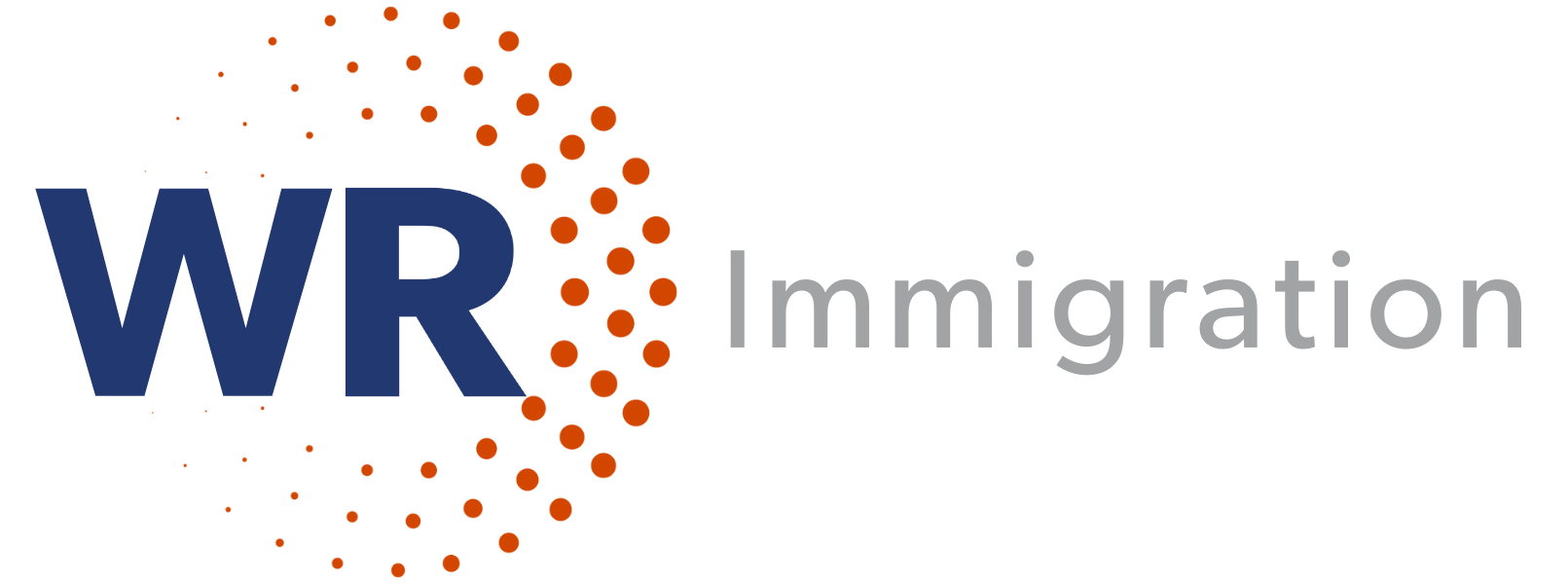What is the change? The Minister for Business Enterprise and Innovation has proposed changes to the Employment Permits system.
What does the change mean? The proposal aims to revise the current labor market test, streamline the process for Trusted Partner and renewal applications, simplify remuneration requirements and introduce new permit categories, among other changes.
- Implementation time frame: The draft bill was published on Nov. 1.
- Business impact: The bill, once implemented, should address inefficiencies in the employment permits system and make it more accessible for certain employees to obtain work authorization.
- What’s next: Various departments will now review the proposed legislation.
Additional information: In September 2018, the Minister for Business Enterprise and Innovation conducted a review of Ireland’s economic migration policy. The initial review examined inefficiencies within the Employment Permits system and concluded that the existing employment permits legislation needed to be amended. After further review, however, the Minister determined that amendment would only complicate the current system and decided to draft an entirely new bill to replace the current legislation.
The proposed bill introduces the following:
- New “Seasonal” employment permit
- Revision of the Labor Market Needs Test
- New “Special Circumstances” employment permit
- Streamlining the processes for Trusted Partner and renewal applications
- Fee refunds for employment permits that are not used or approved
- Simplification of remuneration requirements
- Changes to the 50:50 rule, waiving the rule if the permit holder is the sole employee
Analysis & Comments: The proposed changes, if implemented, will have a significant impact on the employment permits system. The introduction of new permit types, including the seasonal and special circumstances employment permits, will allow more individuals to be eligible for work authorization. Meanwhile, the simplification of remuneration requirements and changes to the 50:50 rule will eliminate some of the complexity that has frustrated users in the past.
Should you have any questions, please contact a Wolfsdorf Rosenthal immigration attorney or email Global@Wolfsdorf.com


